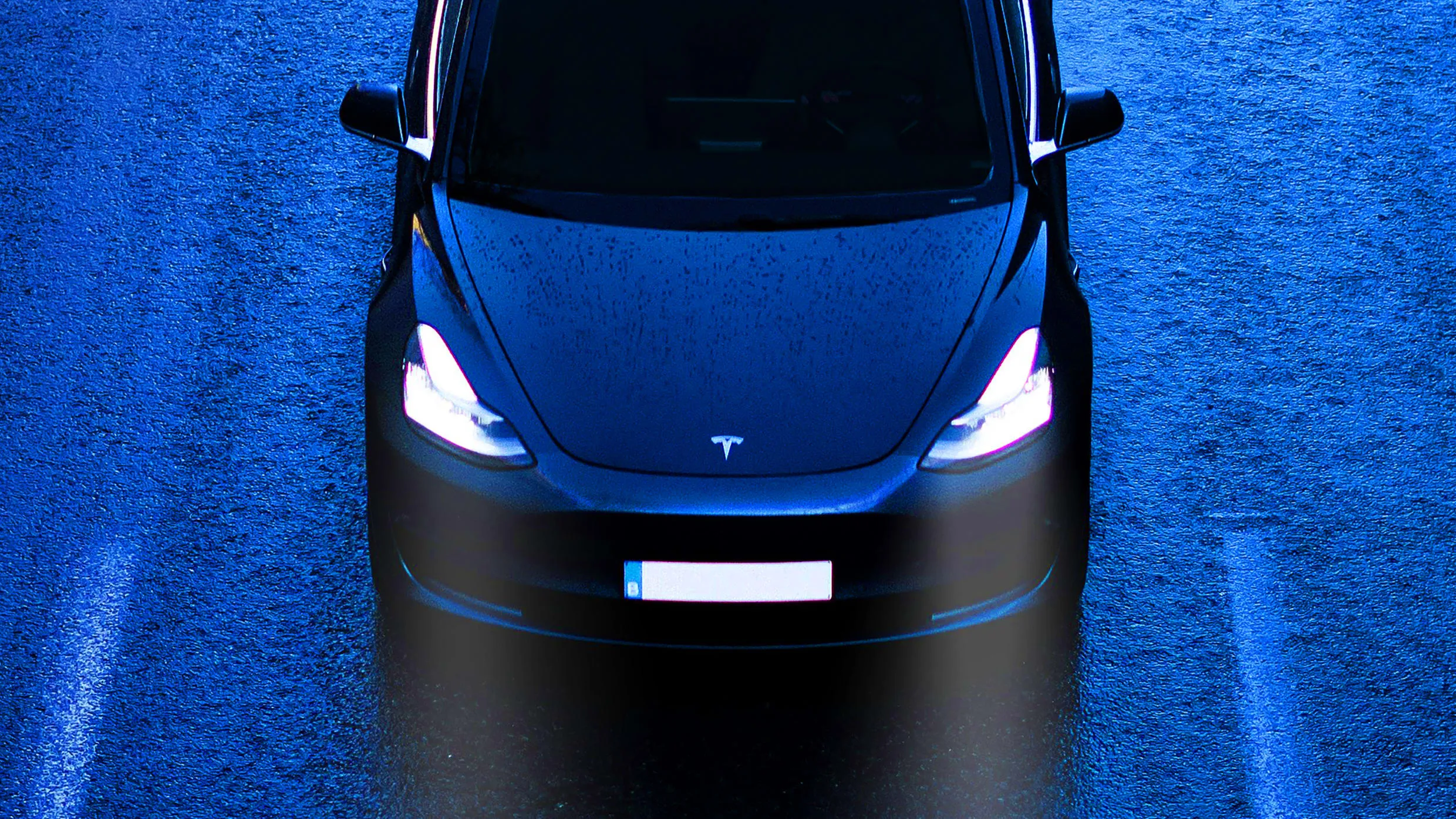Exploring Tesla's EVs and Robotaxi Technologies Ahead of Unveiling

Advancements in EVs and Robotaxi Technology
As Tesla gears up for the launch of its robotaxi concept, many eagerly anticipate the technological breakthroughs that may reshape urban mobility. Through the utilization of neural networks that emulate human decision-making processes, Tesla's vehicles aim to revolutionize how we perceive self-driving capabilities.
Deep Dive into Tesla's Methodology
- Tesla vehicles are equipped with eight cameras, facilitating a more comprehensive understanding of their surroundings compared to competitors that utilize fewer sensors.
- This approach results in unprecedented data collection, enabling adaptive learning for the vehicle's response to various road scenarios.
- However, the decision to forgo LiDAR technology raises significant safety and reliability concerns from industry experts.
Challenges Ahead for Autonomous Vehicles
- Critics argue that Tesla's reliance on a camera-only system might compromise the safety of their robotaxi technology.
- Concerns surrounding transparency and accountability in crash scenarios exacerbate the skepticism surrounding Tesla's autonomous ambitions.
- The industry's future hinges on deciphering the complexities of Tesla's AI-driven data management and its implications for regulatory practices.
While Tesla envisions a self-driving future built on advanced robotaxi technology, challenges related to safety, technology transparency, and regulatory oversight remain paramount, demanding ongoing dialogue and assessment.
This article was prepared using information from open sources in accordance with the principles of Ethical Policy. The editorial team is not responsible for absolute accuracy, as it relies on data from the sources referenced.